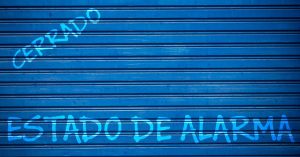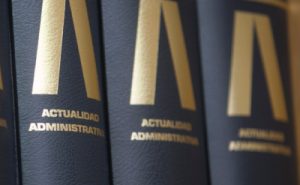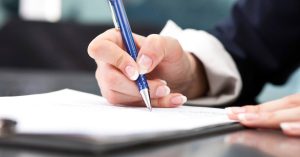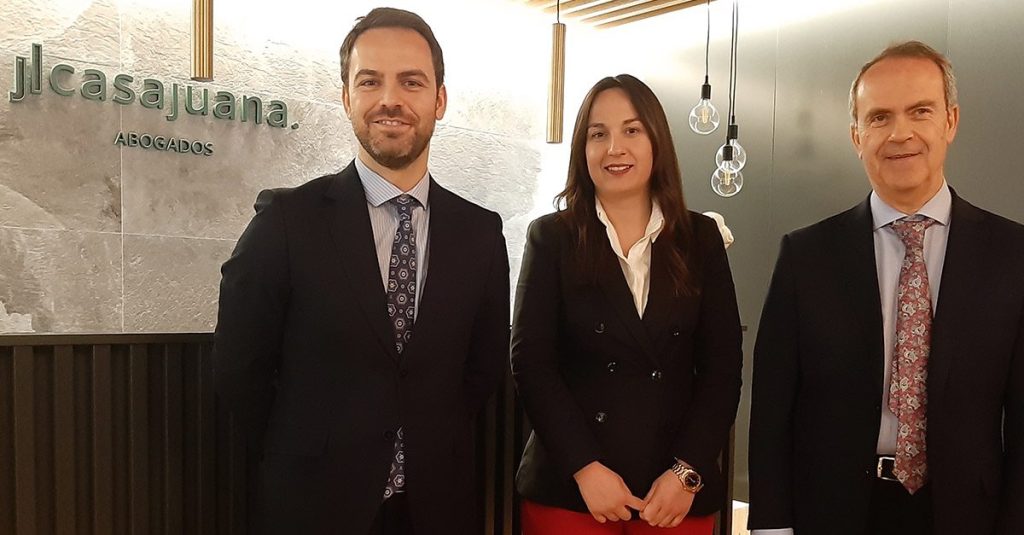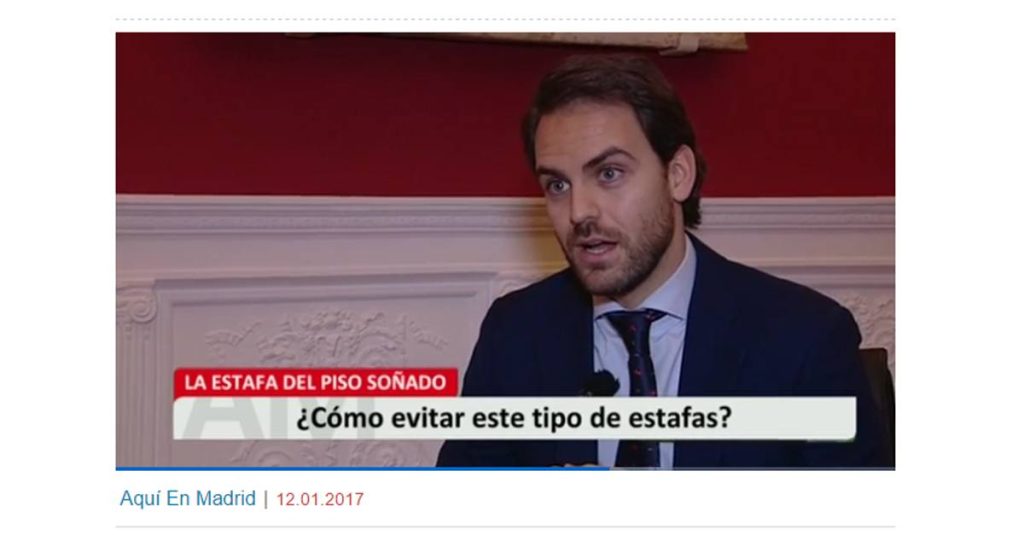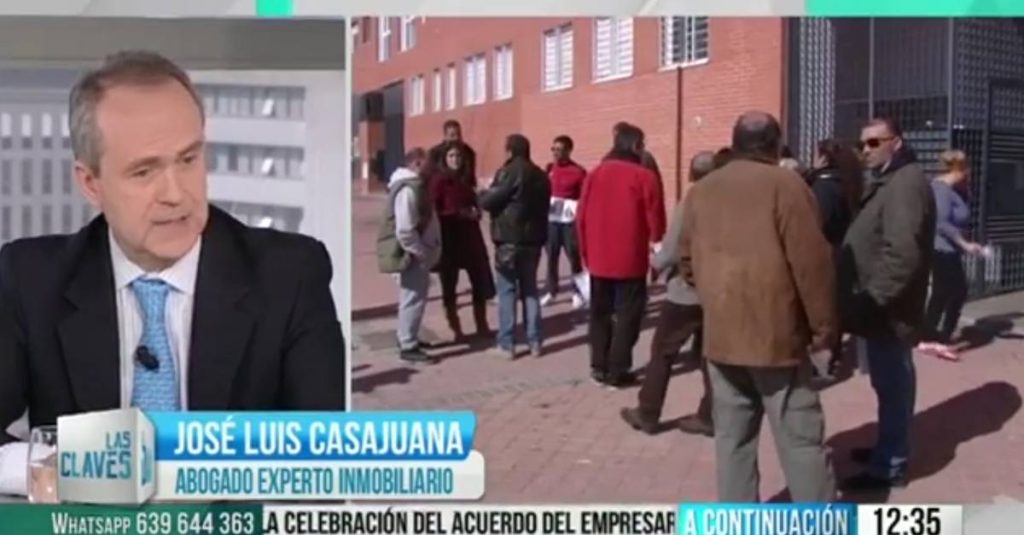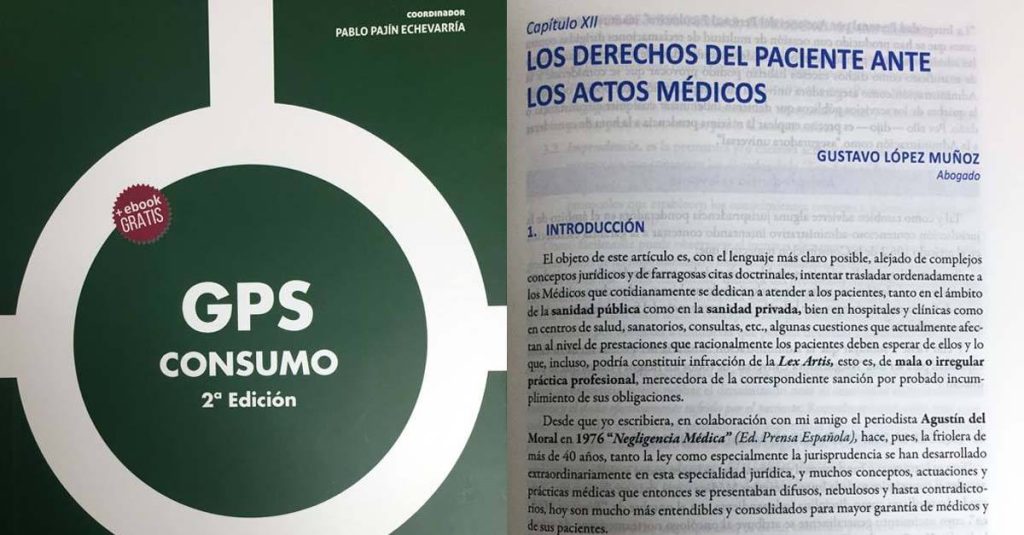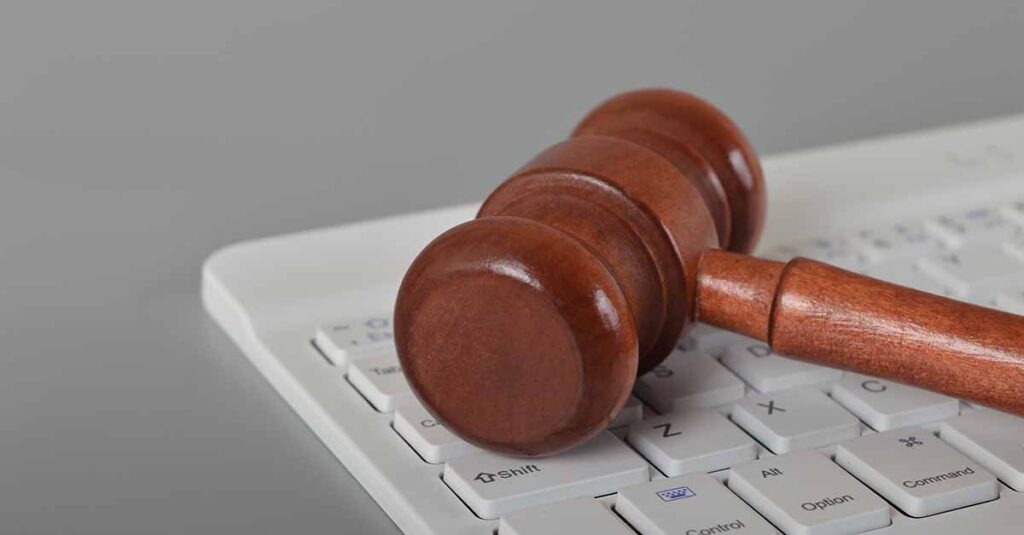Compensation for trademark infringement

In this article we are going to study what amounts the owner of a trademark has the right to claim when a third party has infringed his trademark rights.
We already know that whoever has registered a trademark has the right to prevent others from using it to market other people’s products or services. This right is extended with respect to those distinctive signs, words, logos or images that, although they are not identical to the registered trademark, may generate a risk of confusion for the consumer; since the owner of a trademark would also be harmed when another used signs that could be confused with his own.
Now, what compensation can the owner of the infringed trademark claim? how do we quantify it? How does the alleged infringer know if they are claiming an excessive amount for having used an identical distinctive sign similar to another registered one? We find the answer to these questions in the Trademark Law.
The compensation action for damages is expressly recognized in art. 41.1 b) of the Law of Trademarks and is rooted in the guiding principles of our Law and specifically non-contractual liability (art. 1,902 Cc).
Art. 42 of the Trademark Law establishes as a specialty in the matter of distinctive signs a series of requirements required to generate the obligation to indemnify damages to the owner of the violated trademark:
“1. Those who, without the consent of the trademark owner, carry out any of the acts provided for in letters a and f of article 34.3, as well as those responsible for the first marketing of illegally marked products or services , they will be obliged in any case to respond for the damages caused.
2. All those who carry out any other act of violation of the registered trademark will only be obliged to indemnify the damages and losses caused if they had have been sufficiently warned by the owner of the trademark or, as the case may be, the person entitled to bring the action regarding the existence of the latter, duly identified, and its violation, with the requirement that they cease in the same, or when in their action would have mediated fault or negligence or the brand in question was well-known or renowned.”
A matter prior to any claim is to analyze whether the requirements contained in that article are truly met. The object of this analysis is the quantification of the compensation action (articles 41-43 of the Trademark Law), and not the review of the causes that generate a trademark collision; Even so, it is worth clarifying that in any case a prior study will be required on compliance with the aforementioned requirements of Article 42 of the Trademark Law, and especially on the risk of confusion of the conflicting brands.
In compensation law, regardless of the matter in question, the party claiming an amount for damages is always required to quantify the amount of said damages. For this, the necessary proof is required to prove the reality of such damages and the proportionate way to quantify the amount claimed.
However, we will see below that the Trademark Law establishes a fixed criterion to quantify compensation when the rights of the owner of a trademark are infringed. Therefore, although our jurisprudence requires, as a general rule, the need to prove the quantum of the damage for which reparation is requested, the Trademark Law constitutes a specialty that makes said general rule inapplicable (“Lex specialis derogat lex generalis”).
In accordance with art. 43.5 Trademark Law allows the quantification of compensation for damages through the application of a fixed percentage of 1 percent of the turnover made by the offender with illegally marked products or services:
“5. The owner of the trademark whose infringement has been judicially declared shall, in any case and without the need for any proof, be entitled to receive 1% of the turnover made by the offender with the products or illicitly marked services. The owner of the trademark may also demand greater compensation if he proves that the violation of his trademark caused him greater damages or losses, in accordance with the provisions of the previous sections”.
This special rule frees the owner of the trademark whose right has been infringed from the quantification of the damage. It is enough to apply 1 percent on the turnover obtained by the infringing party using the product or service using the infringing trademark.
It should be specified that when the infringing term has been used as a company name, said legal percentage of 1 percent may be applied to the total turnover of the infringing company< /strong>. We can even presume that all the income of the infringing company has been obtained with a trademark infringement, if its corporate purpose coincides with the activity of the company that owns the infringed trademark. It would correspond to the offender to prove that a part of said income has been obtained from an activity other than the one registered in the Mercantile Registry as its corporate purpose.
The calculation basis to specify the compensation will then be determined by the billing obtained by the infringing company during the entire time in which it acts with the company name that does not respect the singularity of the trademark registered by its owner.
On this point the sentence of the A.P. of Alicante (Community Trademark Court) of November 22, 2005 established the criteria for the quantification of compensation for damages in this case, referring to the concept of “turnover” that was then included in the General Plan Accounting:
“The criteria to define the concept of «turnover» is provided by rule 9 of Part Four of the General Accounting Plan approved by Royal Decree 1643/ 90, of December 20, when it says: «The net amount of the annual turnover will be determined by deducting from the amount of the sales of the products and the provision of services, corresponding to the ordinary activities of the company, the amount of bonuses and other reductions on sales and value added tax and other taxes directly related to them.”
The same occurs when the brand has not been used as a company name. Although the compensation may not consider as a calculation basis the entire business generated by the infringing company, but only that part generated in use of the controversial trademark.
If you have any doubts, we will explain it to you in the following video.
José Luis Casajuana Ortiz
Partner at J. L. Casajuana and head of the international area
12/02/2016

